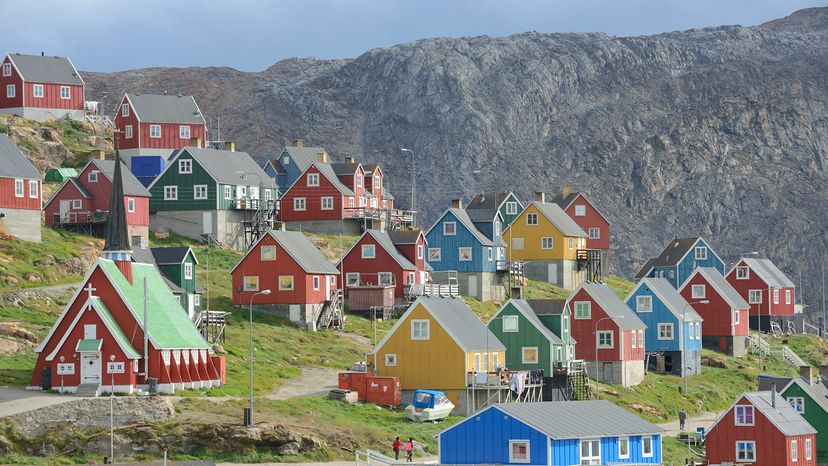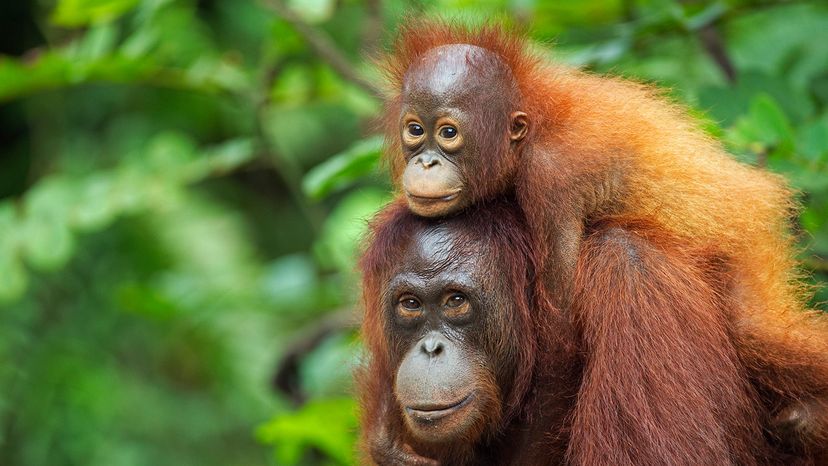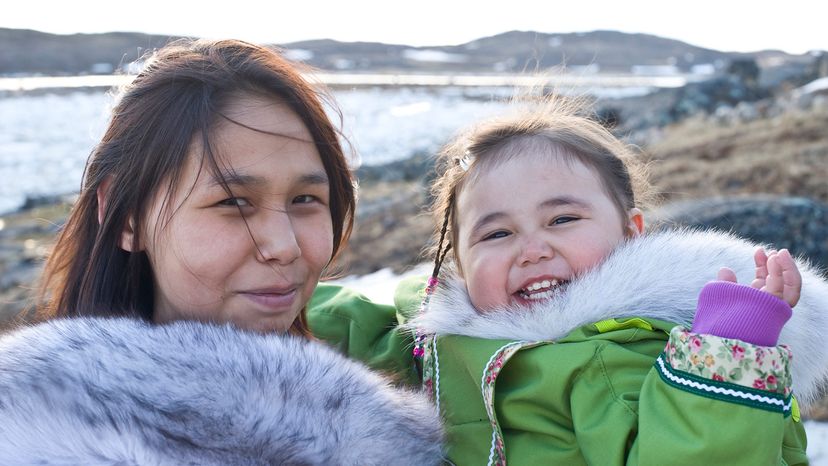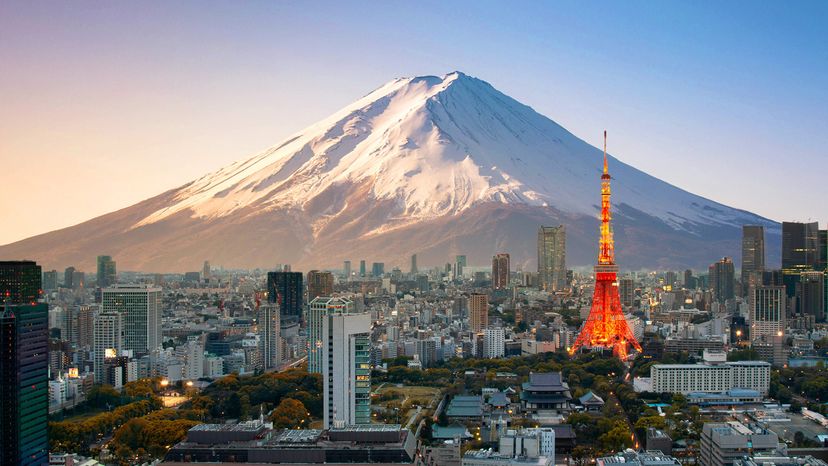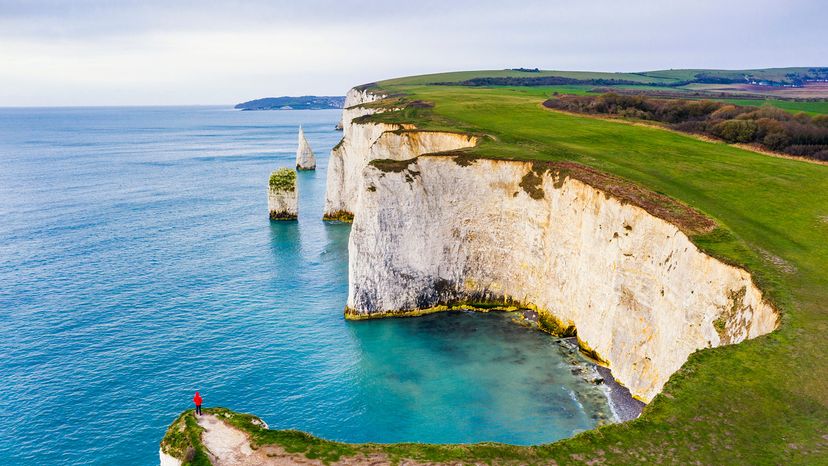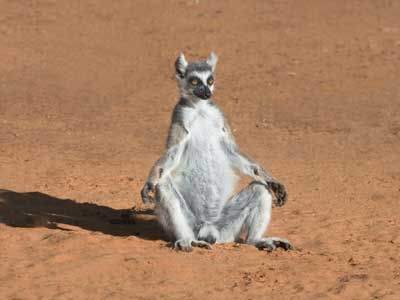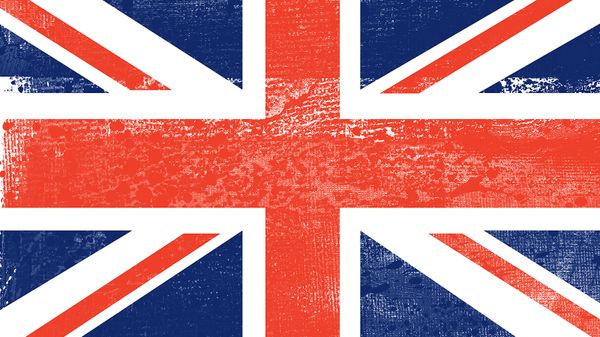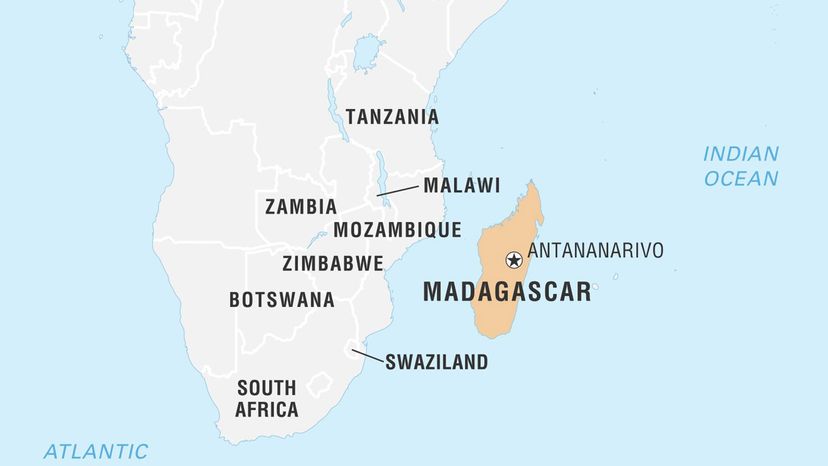
Key Takeaways
- Greenland is the planet's largest island, three times the size of Texas, 80 percent ice-covered and an autonomous territory of Denmark.
- New Guinea is the largest tropical island. It's home to 13,500 plant species and unique birds of paradise
- Borneo has rich biodiversity. Indonesia has plans to move the overcrowded capital to a sustainable forest city.
An island, simply defined, is a piece of land surrounded by water. By that definition, entire continents might qualify as islands (see the sidebar below on Australia). But if we disqualify continents from the competition, there are still some crazy big islands out there ranging from vast frozen wastelands to tropical paradises. Here are the nine largest. All area sizes are taken from Brittanica.com.
Advertisement
